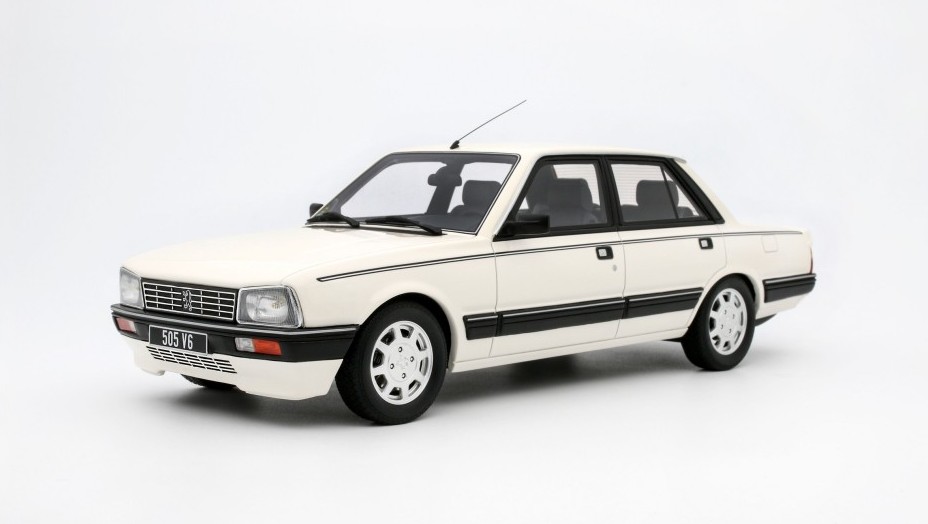

The Peugeot 505 is a large family car (D-segment) that was produced in Europe from 1979 to 1992, renowned for its exceptional ride quality, robust design, and durability, making it a popular choice as a taxi and a successful export vehicle to markets in Africa and Asia where production continued until 1997.
Overview and Design
Designed as a replacement for the 504, the 505 was styled by Pininfarina and came as a 4-door saloon or a 5-door estate (SW). The estate version was particularly notable for offering up to eight seats facing forward in three rows, making it a versatile people carrier and a popular ambulance conversion base.
Driving Experience: The 505 was praised for its superb ride comfort and excellent handling, a hallmark of Peugeot cars from this era.
AWD Option: A four-wheel-drive version (Dangel 4x4 conversion) was available for those needing off-road capability.
Common Problems and Reliability
The 505 has a strong reputation for durability, with many examples covering high mileages.
Rust: Corrosion is the primary enemy of the J5 and should be thoroughly checked on sills, arches, and the underbody.
Suspension Wear: The robust suspension can still experience wear and tear, especially the front suspension ball joints and bushes, which can affect handling if neglected.
Engine Maintenance:
Diesel Reliability: The turbo-diesel engines (2.5 XD3T) are considered very robust and can last for hundreds of thousands of miles if serviced regularly.
Timing Belt: Regular timing belt changes are crucial for all engines to prevent damage. Electrical Issues: Minor electrical problems can occur with age, such as issues with dashboard lights or switches.
Overall, the Peugeot 505 is a classic example of French automotive engineering from its era: comfortable, robust, and capable of remarkable longevity.